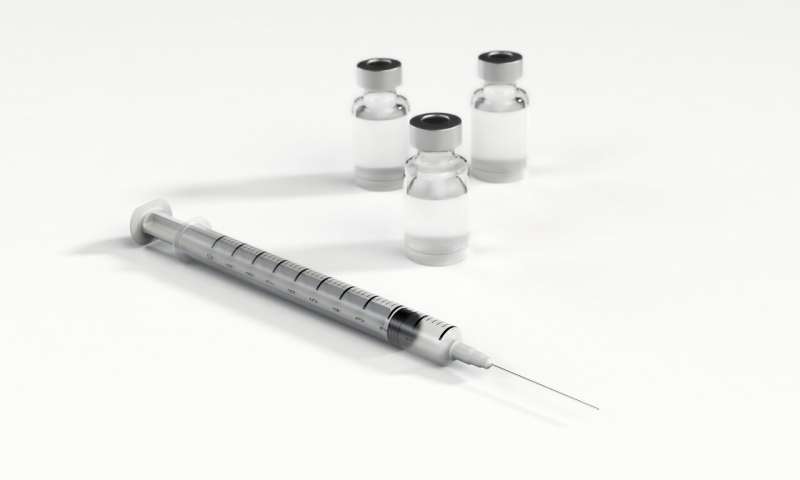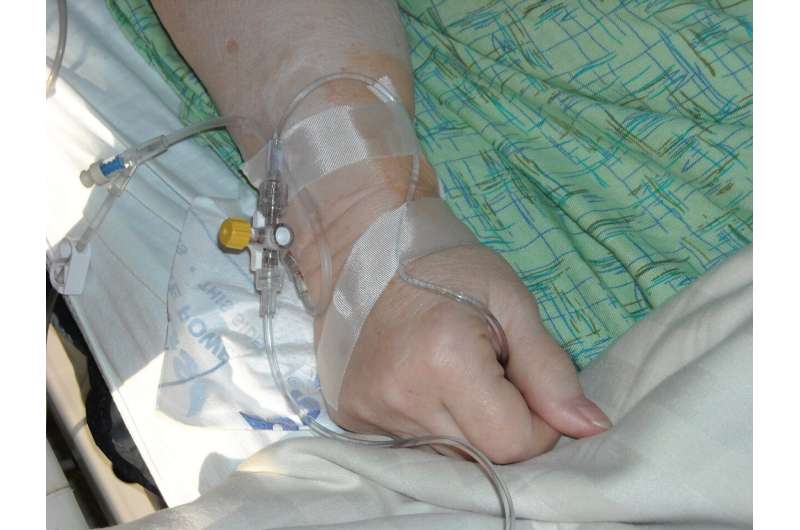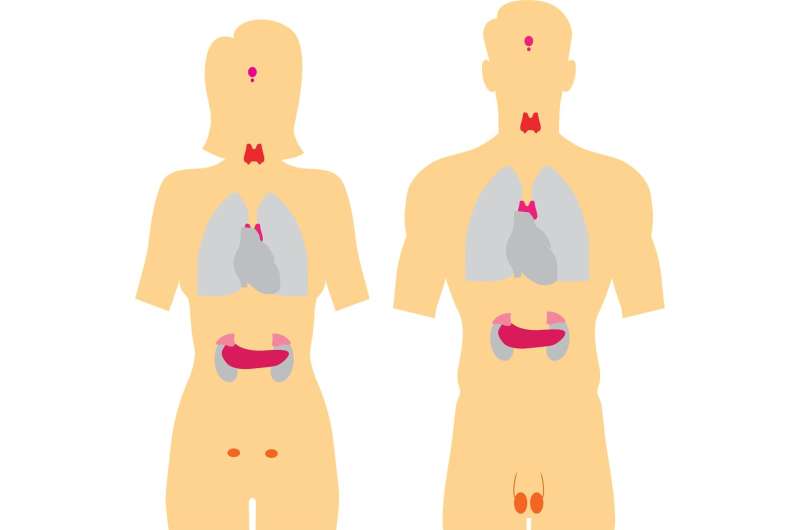Innovative Blood Pressure Visualization Technique Enhances Hypertension Management

A recent breakthrough in blood pressure data visualization has the potential to significantly improve how healthcare providers monitor and manage patients with hypertension. Published in the Journal of General Internal Medicine, the study from the University of Missouri explores how different graph formats influence clinicians' assessment of blood pressure control.
Blood pressure is inherently variable, fluctuating from moment to moment and day to day, which makes accurate evaluation challenging. This variability can sometimes lead to mismatches between readings in clinical settings and at home, a phenomenon known as white coat hypertension. Research indicates that 10% to 20% of hypertension diagnoses based solely on clinic measurements may be inaccurate, emphasizing the need for better interpretative tools.
The study presented 57 doctors with two types of graphical representations of a hypothetical patient's blood pressure data over time. One graph displayed raw, unprocessed blood pressure readings, highlighting peaks and valleys. The other introduced a novel smoothed graph, averaging out fluctuations to provide a clearer overall picture.
Results showed that when patients' blood pressure fluctuated but remained controlled overall, physicians more accurately assessed their condition using the smoothed graph. Raw data, with its noise and outliers, often distracted clinicians and complicated decision-making. The new visualization thus offers a faster, more reliable method for evaluating blood pressure, especially in busy clinical settings.
This innovative approach could extend beyond hypertension, integrating with electronic health records and wearable devices to help patients and providers interpret vital signs more effectively. Ultimately, it aims to reduce unnecessary clinic visits, over-treatment, and associated risks like dizziness and falls in older adults, by providing clearer insights into a patient's true health status.
The researchers are now collaborating with other universities to explore how these visual tools can be adapted for patient self-monitoring and real-time health management, aligning with the growing trend of health informatics and smart wearable technology.
By improving data interpretation through better visualization, healthcare professionals can make more informed decisions, supporting better patient outcomes and more efficient healthcare delivery.
Stay Updated with Mia's Feed
Get the latest health & wellness insights delivered straight to your inbox.
Related Articles
Advancing Toward a Tuberculosis-Free Southeast Asia: ASEAN's Vaccination Strategies and Digital Innovation
ASEAN is progressing towards a tuberculosis-free future through vaccine diplomacy, innovative digital health tools, and regional collaboration, aiming to eliminate TB by 2035.
Immunoglobulin Therapy in CLL Patients: No Significant Impact on Serious Infection Reduction
A comprehensive study reveals that immunoglobulin replacement therapy does not significantly reduce serious infections in CLL patients, prompting reevaluation of current treatment practices.
Understanding Thyroid Cancer Risks in Women and Men
Learn about the risks, symptoms, and treatment options for thyroid cancer in both women and men, with recent insights highlighting that the danger is equal for both genders, especially in advanced cases.



